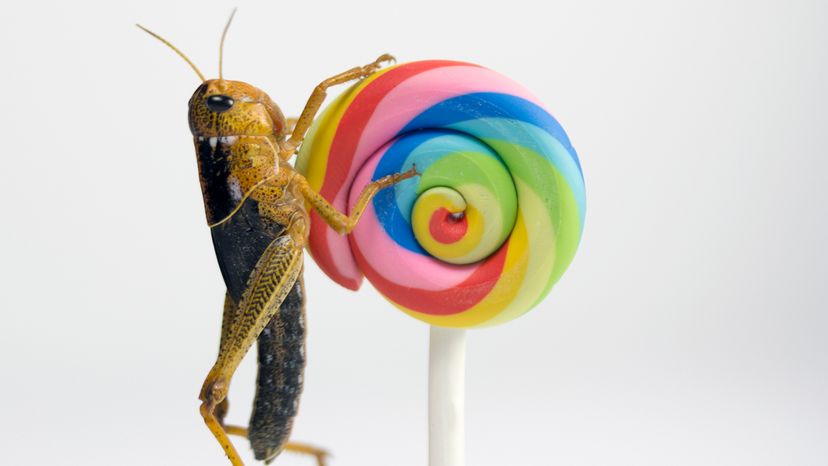
"What do cicadas eat?" is a great question because these noisy insects have a surprising diet.
Unlike grasshoppers or other insects that chew their food, cicadas use specialized sucking mouthparts to extract fluids from nearby plants. They spend most of their lives underground, feeding on plant roots, before emerging in large groups to complete their life cycle.
Advertisement
Cicadas live on tree roots for years when they're nymphs, slowly developing before reaching their adult stage. When mature cicadas emerge, they don’t eat much — just enough to survive their short, few-week lifespan above ground.